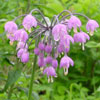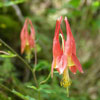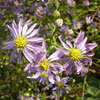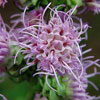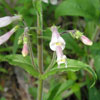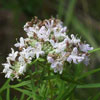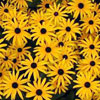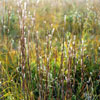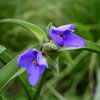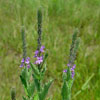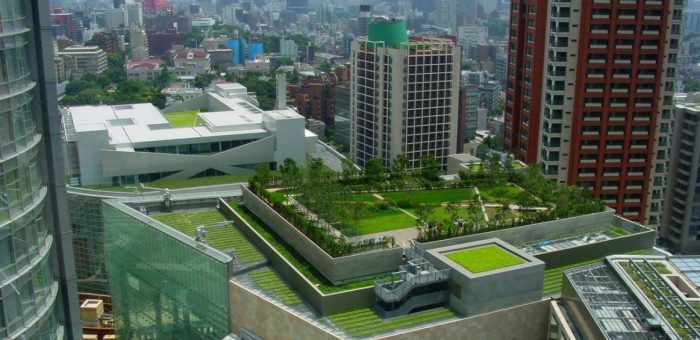The types of plants you can grow on a green roof depend on several factors: the climate, sun exposure, water requirements, soil condition, etc.. These are the same things to take into consideration when planting a traditional garden.
With a green roof, an additional factor is the depth of soil or growing medium on the roof. Some plants can do well in thin soils, and others require more depth for rooting. On a green roof, deeper soils mean more weight, which in turn means a stronger structure to support the roof.
All these factors should be taken into account during the design phase of a new green roof: What plants would you like to see on the roof? How much soil is then required? And how strong a structure is required to carry that weight of soil? For retrofits or installation on an existing roof, the process might go in reverse: How much weight can my roof carry? How much soil does that mean I can have? What kind of plants do well in those conditions?
PLANTS SUITABLE FOR 5 CM OF GROWING MEDIUM
On shallow green roofs, the growing medium is usually quite inorganic. This is to reduce the overall weight. As a result, the plants suitable to this type of roof are hardy, shallow-rooting varieties that can survive in poor, dry conditions. These types of roofs are often used in inaccessible places, so low maintenance plants are preferred.
Sedum (stone-crop) and delosperma (ice plant) are common varieties. These are particularly common since they are succulents and retain water during dry spells. As a result, a green roof with mostly sedum species can usually survive 2 to 3 weeks without irrigation.
Sedums come in a variety of colours, both leaves and flowers, and mature at different times of the year. This will provide year-round interest on your green roof.
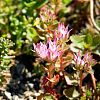
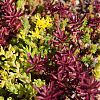


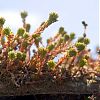
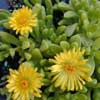
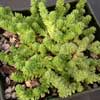
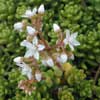
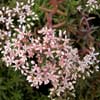
PLANTS SUITABLE FOR 10 CM OF GROWING MEDIUM
With deeper soil, a wider range of plantings become possible. Several species of grasses, alliums, herbs and wildflowers can thrive in 10 cm of growing medium.
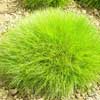

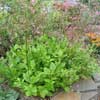
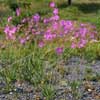
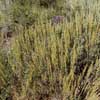
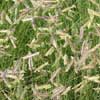

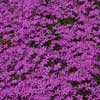
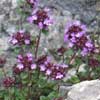
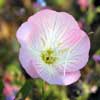
PLANTS SUITABLE FOR 15+ CM OF GROWING MEDIUM
At 15 cm, a much larger variety of plantings are available. Grasses, columbines, asters, and Black-eyed Susan are all viable at with this deep a roof.
